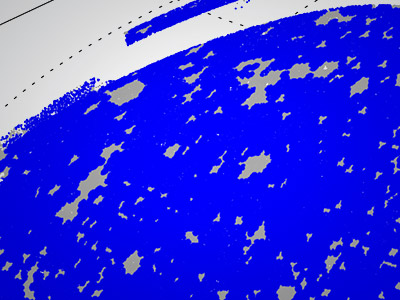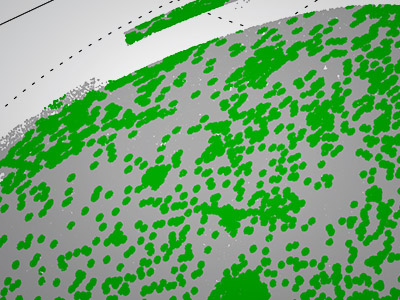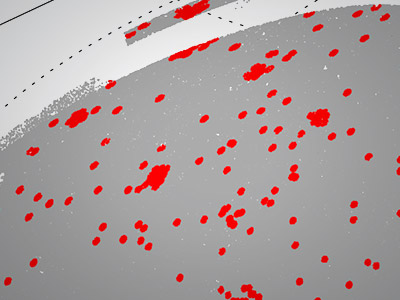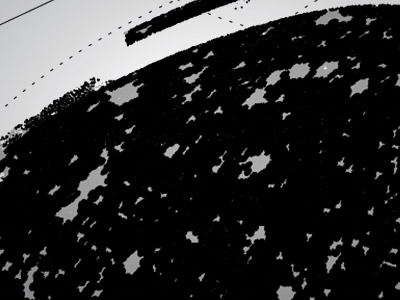


NEW: LIR/SFR estimation using Boquien & Salim 2021 dust templates
GSWLC
GALEX-SDSS-WISE LEGACY CATALOG
Salim, Lee, Janowiecki, da Cunha, Dickinson, Boquien, Burgarella, Salzer and Charlot
GSWLC contains physical properties of ~700,000 galaxies with SDSS redshifts below 0.3 (0.01<z<0.30) and magnitude <18.
GSWLC contains galaxies within GALEX footprint, regardless of a UV detection, altogether covering 90% of SDSS.
There are two versions of the catalog: GSWLC-1 and GSWLC-2. GSWLC-2 is not just the update of GSWLC-1; it was produced in a different way. Both versions contain identical sources (exactly the same number of objects in the same order) and they both use identical photometry. In particular, UV photometry from GALEX contains numerous corrections, especially to account for blending. The principal difference is that GSWLC-1 contains separate star formation rates (SFRs) from the UV+optical SED fitting (without mid-IR constraints) and from WISE 22 micron photometry, whereas GSWLC-2 has more accurate SFRs from joint UV+optical+mid-IR SED fitting.
GSWLC-1
GSWLC-1 is described in Salim et al. (2016) (NASA ADS, arXiv), which is the primary reference to cite if using this catalog. The paper also presents comparisons with other SFR catalogs.
Stellar masses, SFRs and dust attenuations were derived with CIGALE, using state-of-the-art UV/optical SED fitting techniques.
The SED fitting employs flexible (but not entirely free) dust attenuation curves that result in significantly better agreement with mid-IR (ensuring energy balance between absorbed and emitted dust luminosity) and H alpha SFRs than the standard attenuation laws. Also, the contribution of emission lines was taken into account.
Separately from the SFRs from the UV/optical SED fitting, GSWLC-1 contains SFRs from WISE 22 micron photometry (using both AllWISE and unWISE fluxes), when detected.
The IR luminosity derived from 22 micron photometry and luminosity-dependent IR templates agrees well with IR luminosities that include Herschel SPIRE photometry. However, mid-IR SFRs, being based on a simple luminosity-SFR conversion, will be significantly biased for galaxies off the main sequence and are not given in those cases. Also, if a galaxy contains an AGN, its mid-IR SFR will be contaminated by up to 0.6 dex.
GSWLC-2
GSWLC-2 is described in Salim, Boquien & Lee (2018) (NASA ADS, arXiv), which should be cited along with Salim et al. (2016) if using this version of the catalog.
In GSWLC-2 the mid-IR flux from 22 micron WISE (or 12 micron, if 22 micron is not detected) is used in the SED fitting jointly with UV/optical photometry to derive more accurate SFRs. Furthermore, the slope of the attenuation curve and the strength of the 2200 Angstrom feature are free parameters. Other modeling assumptions are the same as in GSWLC-1.
GSWLC-2 uses a new variant of energy-balance SED fitting that does not require the modeling of the IR SED (which, without the far-IR is not well constrained with general IR models), allowing the same high sampling of models as just the UV/optical SED fitting. Instead, we use luminosity-dependent IR templates to derive the total IR luminosity, which we further correct to agree with Herschel PACS+SPIRE IR luminosities, and use it as a direct constraint in the SED fitting. We call this method the SED+LIR fitting. IR luminosity is based on 22 micron photometry if available, otherwise on 12 micron. We use only photometry from unWISE. If galaxy is classified as having a narrow-line (Type 2) AGN, its IR luminosity is corrected before it is used in the SED fitting.
If the object is not detected at either 12 or 22 micron, the parameters default to the ones from GSWLC-1, as indicated by the flag (flag_midir).
CATALOG DOWNLOAD
There are three versions of the catalog (GSWLC-A, M, D), depending on the depth of the UV photometry. Same galaxy may appear in different catalogs if it was observed with UV observations of different depth. The number after A, M, D (e.g., GSWLC-M1) indicates the version of the catalog. Please cite the version in your publication. Files are stored as gzip compressed (*.dat.gz). In some cases your browser may save them uncompressed (*.dat)
Catalog format for GSWLC-1 (any of A, M, D or X).
Catalog format for GSWLC-2 (any of A, M, D or X).
All three catalogs yield good SFRs for main-sequence galaxies. GSWLC-M and D are recommended for galaxies off the main sequence (passive or nearly passive galaxies.)
GSWLC-X is recommended only for main-sequence galaxies, for which the accuracy of SFRs is similar in all three catalogs.
Regardless of the catalog version or depth, for statistical studies we recommend using galaxies from the SDSS Main Galaxy Survey (flag_mgs = 1).
GSWLC-1 is also hosted at MAST, where it can also be queried using SQL in CasJobs .



